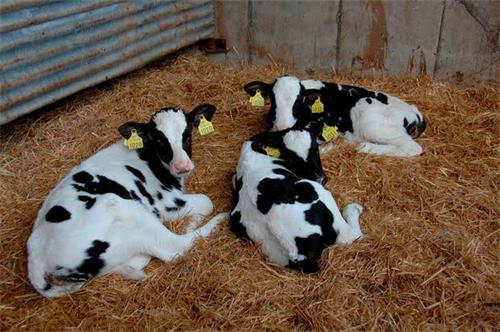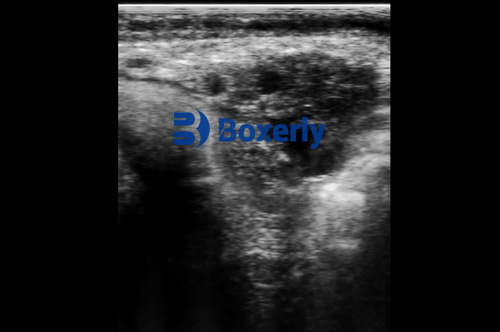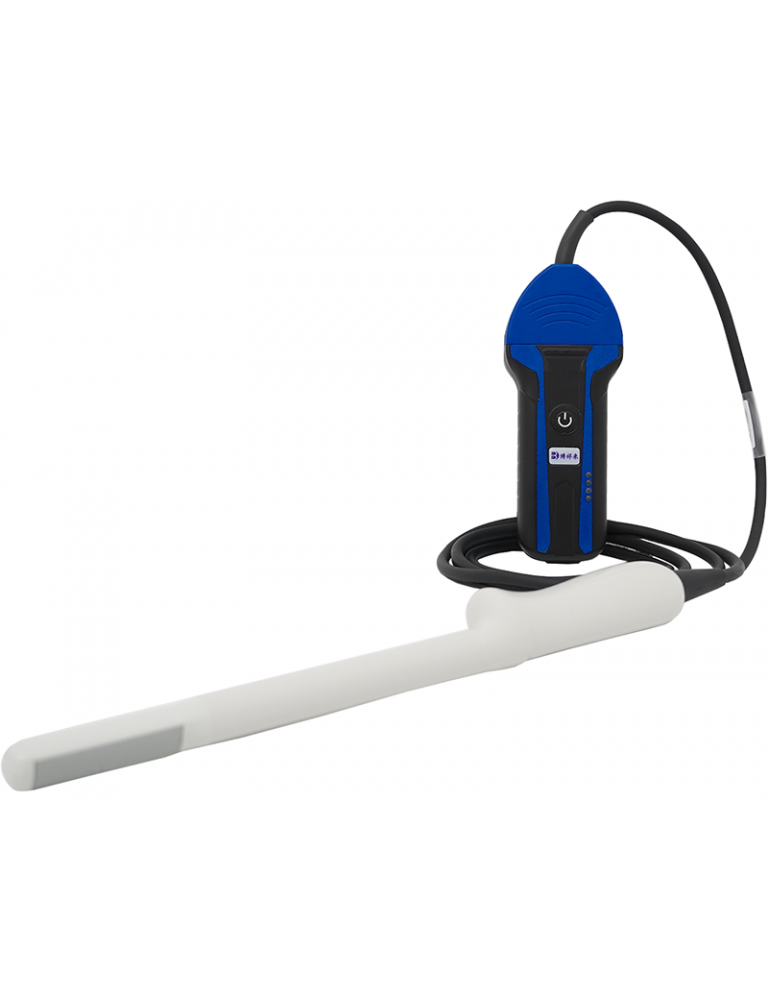Crop Farming & Livestock Farming: What’s the difference?
Agriculture is a broad discipline encompassing various branches, but two primary components stand out: crop farming and livestock farming. While both aim to produce food and resources for human consumption, their day-to-day operations, technological needs, environmental impacts, and economic challenges differ significantly.

As someone involved in animal agriculture, I’ve often engaged in conversations with crop farmers, agronomists, and even urban consumers who wonder how the two sectors compare. In this article, I’ll break down the fundamental differences between crop and livestock farming based on production systems, labor, technology, and sustainability—drawing from both personal experience and how these sectors are viewed globally, especially in the United States, Europe, and Australia.
The Basics: What Are Crop and Livestock Farming?
Crop farming focuses on cultivating plants for food, fuel, fiber, and raw materials. Common crops include wheat, corn, soybeans, rice, and vegetables. These are typically grown in fields using various farming techniques such as tillage, irrigation, fertilization, and harvesting.
Livestock farming, on the other hand, involves the raising of animals such as cattle, pigs, sheep, goats, and poultry for meat, milk, eggs, wool, and other products. It may occur in open pastures, barns, or specialized production systems like feedlots and free-range setups.
Land Use & Production Cycles
One of the most visible differences between crop and livestock farming lies in land usage and production cycles.
-
Crop Farming
Crop farming is season-dependent. A farmer may sow and harvest once or twice a year depending on the region and crop type. For instance, corn grown in the American Midwest follows a predictable cycle from spring planting to fall harvest. -
Livestock Farming
Livestock farming operates year-round. Animals require daily care, feeding, monitoring, and management of reproduction and health. In beef cattle, for example, breeding, calving, weaning, fattening, and slaughter all occur on a rolling cycle. There’s rarely an “off-season” in animal farming.
Moreover, pasture-based livestock systems require large areas of grazing land, which may look idle to someone accustomed to neatly planted crop rows but are vital to animal health and feed availability.

Labor and Daily Management
The labor intensity between these two sectors varies greatly.
-
Crop Farming often allows more automation and mechanization. Tractors, planters, sprayers, and combine harvesters reduce the need for manual labor, particularly during planting and harvesting seasons. Outside those times, crop farmers may have more flexible schedules.
-
Livestock Farming is more labor-intensive daily. Animals must be fed, watered, cleaned, and monitored for disease. Veterinary care, breeding schedules, and record-keeping for each animal are ongoing tasks. Technologies like ultrasound are frequently used to monitor reproductive status, fat coverage, or disease conditions—especially in precision farming environments.
For example, ultrasound imaging is widely used in developed countries to monitor cow pregnancy, pig backfat thickness, or the ovarian status of ewes. It provides a non-invasive, real-time view of internal structures, helping farmers make decisions about breeding and feeding.
Environmental Impact and Sustainability
Sustainability is a hot topic in both fields, but each faces unique environmental challenges.
-
Crop Farming
Challenges include soil erosion, pesticide runoff, fertilizer pollution, and over-reliance on monocultures. In response, many countries promote practices such as no-till farming, cover cropping, and precision agriculture to conserve resources. -
Livestock Farming
Criticized for methane emissions, water consumption, and land use, livestock farming is under pressure to reduce its carbon footprint. However, recent innovations such as rotational grazing, manure management, and genetic selection are helping improve efficiency. Additionally, multi-functional tools like ultrasound machines enable early disease detection, improving animal welfare and reducing unnecessary resource use.
In regions like Australia and the EU, livestock farms are increasingly evaluated on animal welfare metrics and environmental standards, pushing the industry toward more responsible practices.
Economic Differences and Market Risks
Economically, both sectors face market volatility, but the risk profiles differ.
-
Crop Farmers often contend with weather-related risks like droughts or floods, as well as global commodity prices. A sudden price drop in soybeans or wheat can severely impact profit margins. However, government subsidies, futures contracts, and crop insurance help mitigate these risks.
-
Livestock Farmers face biological risks—animal diseases like African Swine Fever or avian flu can wipe out entire operations. Feed price fluctuations also have a significant effect, especially for confined feeding systems. On the upside, value-added products such as organic beef, free-range eggs, or milk with verified animal welfare claims often command premium prices.
In the U.S., livestock operations often integrate technologies like the BXL-V50 ultrasound scanner, enabling them to evaluate muscle growth and backfat thickness precisely. These tools help determine when to slaughter animals for maximum return, reducing losses from under- or over-finished stock.
Technological Integration
Both crop and livestock farms benefit from modern technology, but the tools differ.
-
In Crop Farming, precision technology is highly advanced. GPS-guided tractors, drones for aerial mapping, satellite data for moisture content, and AI-powered crop health apps are commonplace, especially in the U.S. and Europe.
-
In Livestock Farming, tech integration focuses on health and performance. Wearables like pedometers, smart collars, RFID ear tags, and ultrasound imaging are used to monitor growth, detect disease, and improve breeding outcomes. For example, by using portable ultrasound machines, farmers can assess pregnancy in pigs or determine ovulation timing in cows, improving reproductive success rates.
Input Requirements
The types of inputs required also differ substantially:
-
Crop Farming needs seeds, fertilizers, herbicides, pesticides, irrigation systems, and machinery.
-
Livestock Farming needs feed (either grown or purchased), bedding, medicines, water, breeding stock, and handling equipment. Additionally, veterinary support and biosecurity infrastructure are ongoing necessities.
In many integrated operations, farmers grow crops to feed their livestock, such as silage corn or alfalfa hay, achieving vertical efficiency.
Cultural and Ethical Perspectives
In Western countries, especially the U.S. and Northern Europe, consumer expectations are increasingly shaping both crop and livestock practices.
-
In crop farming, there’s a push toward non-GMO, pesticide-free, and regenerative agriculture. Urban consumers want transparency in how their food is grown.
-
In livestock, animal welfare is a primary concern. Consumers are willing to pay more for meat, milk, or eggs raised under humane conditions. Farms are now required to document animal handling practices, often using tools like ultrasound to confirm pregnancy or monitor animal health without invasive procedures.
This shift has resulted in increased certification schemes (e.g., Certified Humane, Organic, Global GAP), particularly in Europe and North America.
Final Thoughts: Which is “Better”?
There’s no single answer to whether crop or livestock farming is better—it depends on geography, resources, goals, and local market demand. However, recognizing their unique strengths and challenges is vital for sustainable food production.
-
Crop farming is generally more mechanized and seasonal.
-
Livestock farming is continuous, labor-intensive, and reliant on daily interaction with living beings.
But both are increasingly technology-driven, data-informed, and consumer-responsive. In fact, farms that integrate both crop and livestock—known as mixed farming systems—often benefit from natural nutrient cycling, reduced waste, and improved economic resilience.
As technology continues to evolve, whether you’re sowing corn or scanning cattle with an ultrasound probe, the goal remains the same: to feed the world responsibly and sustainably.
References
-
USDA. (2023). Farming Systems and Economic Impacts. https://www.ers.usda.gov/
-
FAO. (2021). The Future of Livestock and Crop Farming. https://www.fao.org/
-
Whitaker, D. A., & Smith, E. (2021). Veterinary Ultrasonography in Food-Producing Animals. Journal of Veterinary Imaging.
-
Beef Cattle Institute. (2023). Use of Ultrasound for Growth Evaluation in Cattle. https://www.beefcattleinstitute.org/ultrasound-growth





